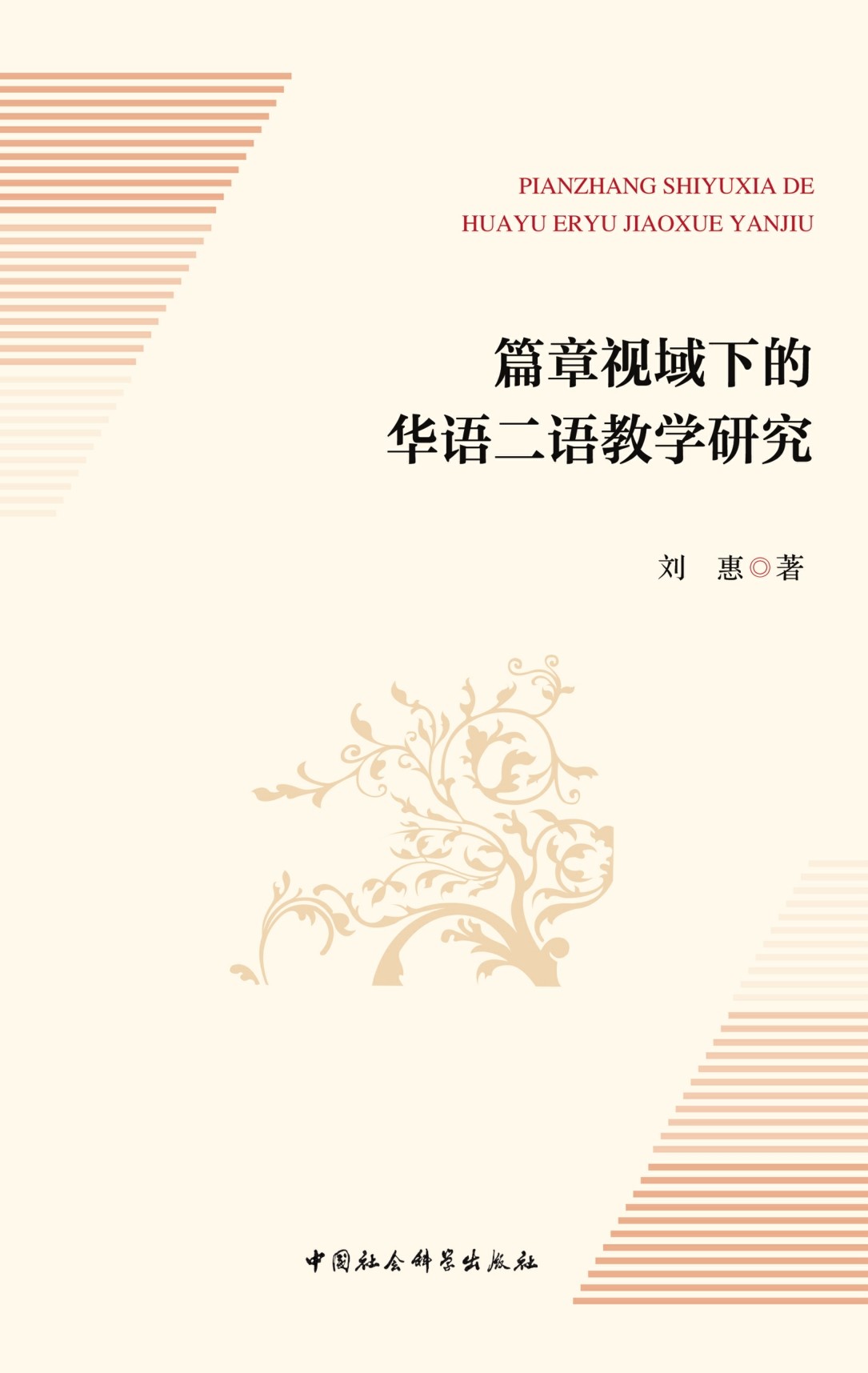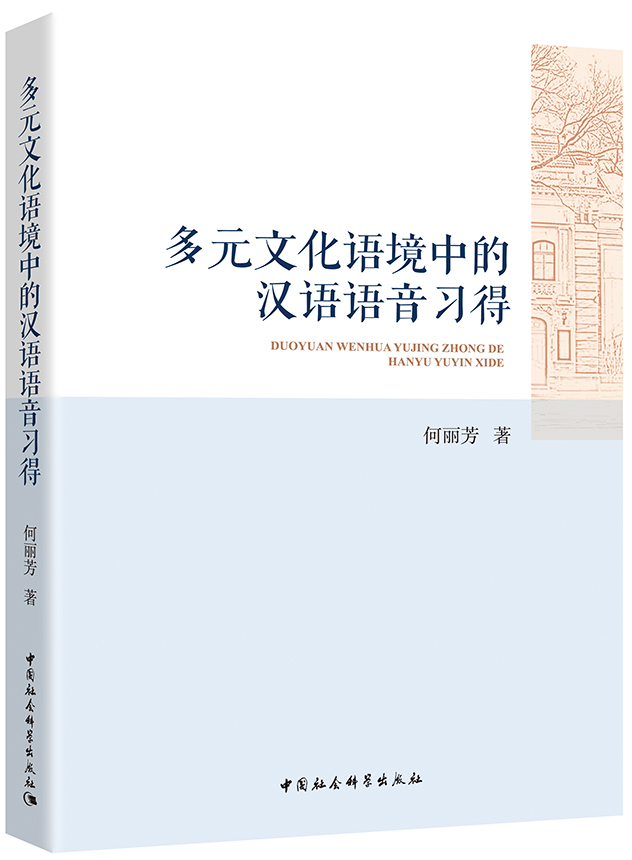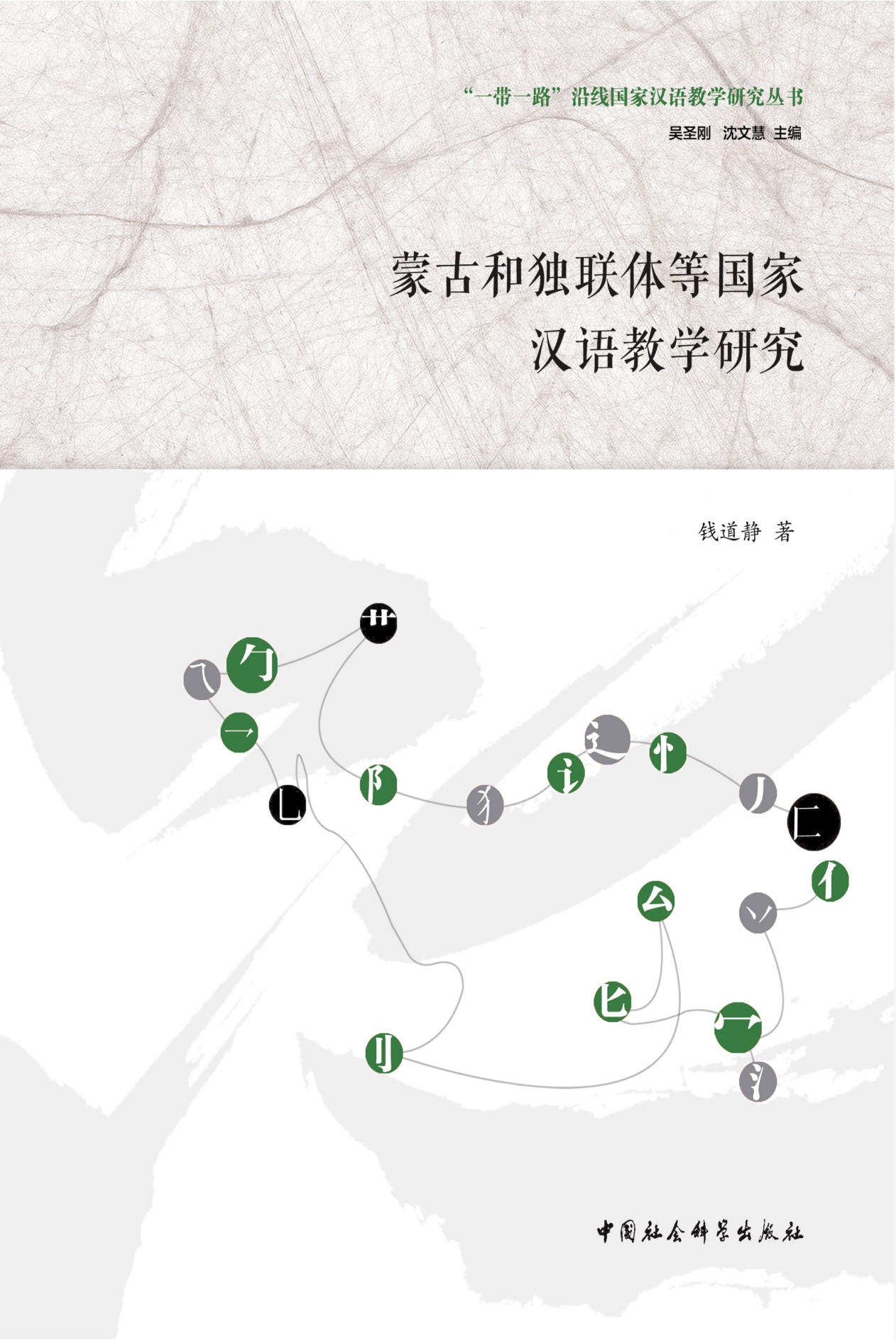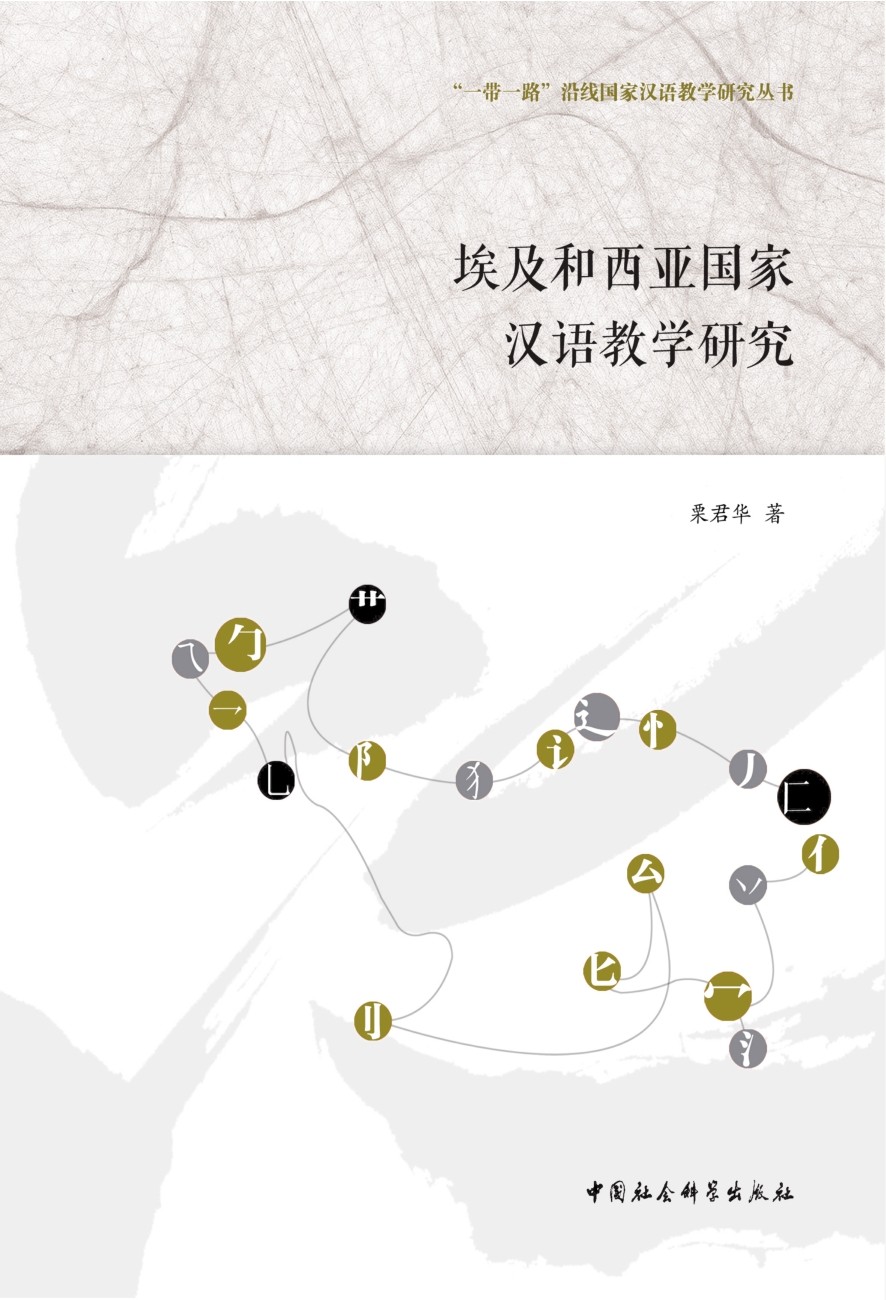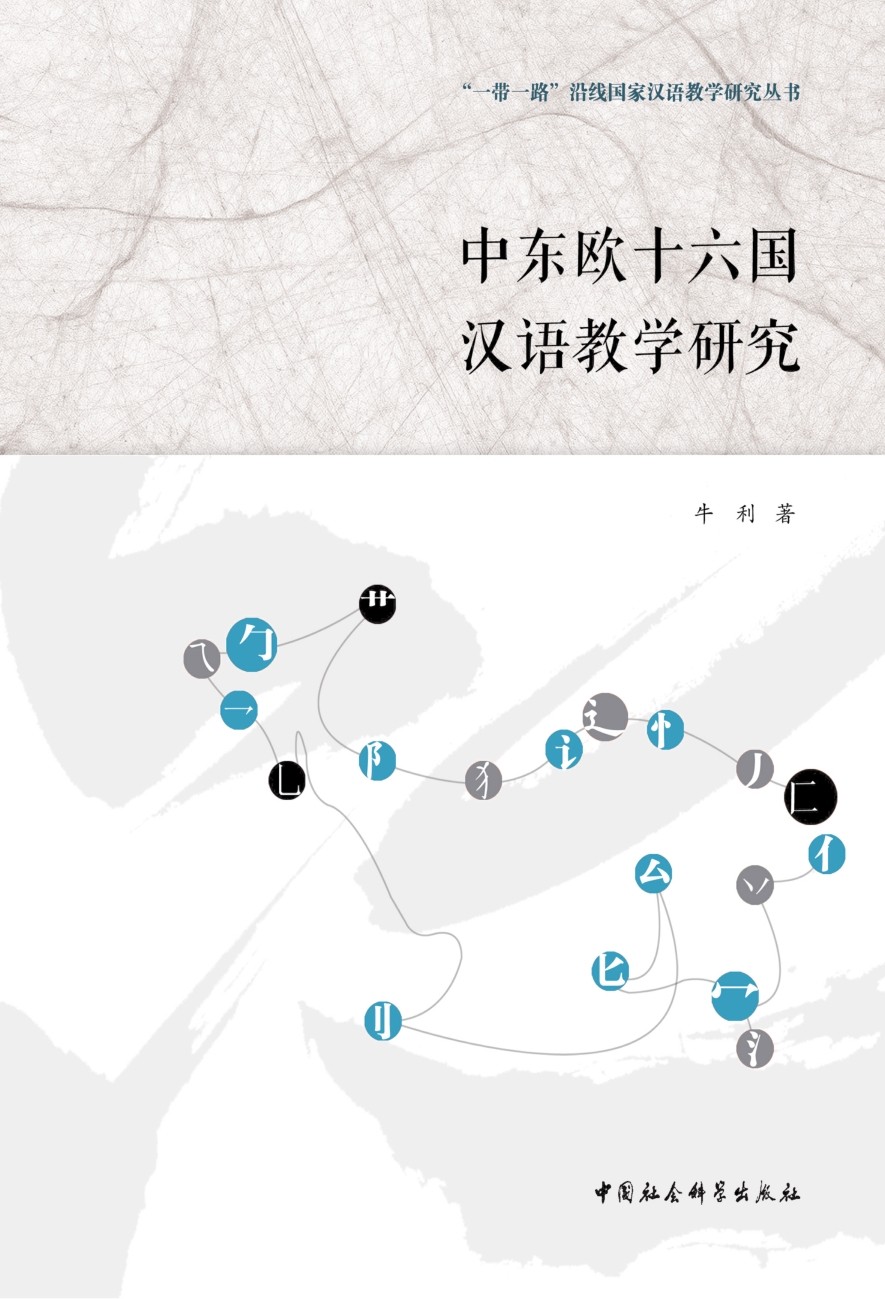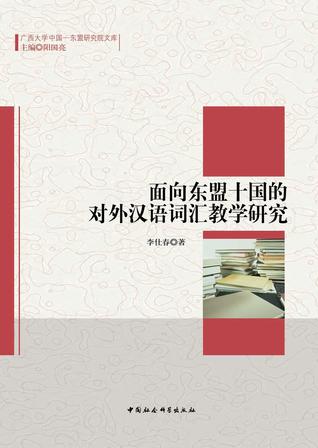内容简介
作者简介
目录
Pragmatic competence is the core of communicative competence,and it's an unavoidable problem for second language teacher to train learners’pragmatic competence by means of pragmatic teaching.The specific characters of Chinese cause that pragmatic teaching is especially important in teaching Chinese as second language,and pragmatic teaching should be adequately carried out in the whole process of Chinese teaching.On the basis of theories of pragmatics,second language acquisition and interlanguage pragmatics,this paper gives a description of the frame of Chinese pragmatic teaching,demonstrates the necessity and feasibility of pragmatic teaching by means of investigation and experiment on pragmatic competence and pragmatic teaching,and discusses the disciplines and process of pragmatic acquisition,the model of pragmatic teaching,and the pragmatic requirements of textbook compiling.The contents of Chinese pragmatic teaching mainlyincludes the structure of “topic—direction”,performance means of focus,the disciplines of sentence variety and its pragmatic meanings,the manners of tones,discourse markers,deixises,the realization way of speech acts,the comprehension way of conversational implication and its principles of politeness&face,and structural model of conversation in Chinese.The result by quantitative and qualitative analysis of the investigation on pragmatic competence shows that there is a magnificent gap of the overall level on pragmatic competence between Chinese and none-Chinese native speakers,and it shows both in structural and communicative pragmatic.From the cognitive point of view,just because of lacking the forms of expression of Chinese pragmatic functions in their knowledge structure,Chinese learners hardly can express their communicative information fully and accurately,and the transfer of their native language causes that their Chinese expression cannot conform to the pragmatic principle of Chinese native speakers.So it is necessary to teach pragmatics during the process of teaching Chinese as a second language.At the same time,the result of experiment on Chinese pragmatic teaching and the cognitive extrapolation of learners’pragmatic acquisition both proves that pragmatics teaching which accords with cognitive regular in Chinese class could promote learners’pragmatic competence greatly.Therefore,pragmatic teaching is quite feasible.An integrated process of pragmatic teaching includes four stages:introduction,presentation of language materials and explanation of pragmatic knowledge,practice,evaluation and feedback.We should follow authenticity of teaching content,interactiveness of teaching process,targeted principles to different countries etc.Materials of language teaching should reflect the acquisition laws and scientific teaching methods of learners,furthermore,the pragmatic information and knowledge should be rendered in Chinese textbooks,which should follow the principles of materials authenticized and contextualized,pragmatic information is representative and could keep pace with the times,and content of pragmatic teaching processes step by step.This paper has five chapters.The first onebrings forward the paper's content,meaning,purpose and method through discussion of academic status in conceptions which are related to pragmatic teaching and interlanguage pragmatics.The second chapter outlines the basic framework of the content of Chinese pragmatic teaching by contrastive analysis between Chinese and foreign languages pragmatics,and the analysis of Chinese learners’pragmatic failures.The third chapter construes the process and outcome of Chinese pragmatic teaching experiment.At the same time,it has detected the difference in pragmatic competence between Chinese learners and native speakers by comparison.The fourth chapter discusses Chinese learners’cognitive trait and course in pragmatic acquisition,puts forward the correlative model of pragmatic teaching,and gives prominence to the model of textbook compiling on pragmatic teaching.The fifth chapter discusses the importance of pragmatic teaching in teaching Chinese as second language,and the basic requirements for Chinese teacher. Keywords:teaching Chinese as a foreign language;pragmatic teaching;pragmatic competence
全部显示∨
董于雯,山西太原人,语言学博士,集美大学文学院教师,福建省语言学会会员。 目前主要从事汉语国际教育本科专业的专业课程教学、汉语师资培训及相关的科研工作,曾经并正在担任集美大学海外教育学院、华侨大学华文学院、厦门大学海外教育学院时外汉语兼职教师,有丰富的一线教学经验。近年来致力于语用学和对外汉语教学相结合的研究,主持了福建省社科项目、福建省教育厅科研项目及校级课题若干,并已公开发表学术论文数篇。
全部显示∨
第一章 绪论第一节 研究的缘起
第二节 语用学及相关概念的界定一 语用学的定义
二 语用学的主要研究内容(一)国外的语用研究
(二)我国的语用研究
(三)中西方语用研究综观
三 语用能力和语用失误(一)什么是语用能力
(二)什么是语用失误
第三节 第二语言语用习得与教学研究综述一 英语等作为第二语言的语用习得研究与实践(一)第二语言使用者语用能力调查分析
(二)第二语言语用发展和教学研究
二 汉语作为第二语言的语用习得研究
第四节 研究的意义一 现有研究的成果与不足
二 本研究的意义
第五节 研究内容、目的和方法一 主要研究内容
二 研究目的
三 研究方法(一)理论和实践相结合
(二)横向对比和纵向对比
(三)定量分析和定性分析
第六节 本章小结
第二章 汉语语用教学内容第一节 汉外语用对比分析一 结构语用方面的对比(一)话题—说明和主语—谓语
(二)焦点及其表现手段
(三)信息结构
(四)句法成分的移位
(五)口气
(六)话语标记语
二 交际语用方面的对比(一)指示语
(二)礼貌和面子
(三)言语行为
(四)会话含意
(五)会话结构
第二节 外国人学汉语的语用失误分析一 结构语用方面的失误(一)特殊句式使用的失误
(二)信息结构编排的失误
(三)话题结构表述的失误
(四)口气表达的失误
(五)话语标记语的使用失误
二 交际语用方面的失误(一)指示语使用的失误
(二)礼貌方面的失误
(三)会话含意理解的失误
(四)言语行为的失误
(五)会话结构方面的失误
第三节 汉语语用教学内容总述一 结构语用方面的教学内容
二 交际语用方面的教学内容
第四节 本章小结
第三章 初级口语课语用教学实验第一节 实验设计与过程一 研究问题及假设
二 实验对象
三 语料收集方法
第二节 汉语学习者和汉语本族语者的语用差异一 前测结果的统计分析(一)前测结果有效性检验
(二)留学生受试和中国受试前测成绩的对比统计分析
二 留学生与中国学生语用能力差异的具体表现(一)结构语用能力方面的差异
(二)交际语用能力方面的差异
三 本节小结
第三节 语用教学和传统教学的过程对比一 传统教学法的教学过程
二 语用教学法的教学过程
三 语用教学法和传统教学法的异同(一)语用教学法和传统教学法的相同点
(二)语用教学法和传统教学法的不同点
第四节 语用教学和传统教学效果对比一 相关成绩的统计分析(一)后测结果有效性检验
(二)实验组和控制组前后测成绩的对比统计分析
二 不同教学法对语用能力发展的影响(一)不同教学法对学习者结构语用能力的影响
(二)不同教学法对学习者交际语用能力的影响
三 不同教学法对学习者交际能力的影响
四 本节小结
第五节 本次教学实验的启示一 对学习者语用学习过程分析的启示
二 年龄因素对语用习得的影响
三 语用教学过程中的经验和教训
四 教材对教学效果的影响
第六节 本章小结
第四章 汉语语用教学的理论探讨第一节 语用习得的认知分析一 语用习得和第二语言习得
二 汉语学习者语用认知的局限性(一)语言主体对话语生成的制约
(二)语言主体对话语理解的制约
三 汉语学习者语用习得过程探析(一)语用知识的认知层级
(二)语用习得的信息处理过程
第二节 语用教学模式一 语用教学模式的理论基础
二 语用教学模式的教学目标
三 语用教学模式的操作程序(一)导入阶段
(二)呈现和讲解阶段
(三)练习阶段
(四)评估和反馈阶段
四 语用教学模式的教学策略(一)应注重教学内容的真实性、准确性和与时俱进
(二)要根据不同国别背景的学习者的差异,有针对性地教学
(三)要充分考虑学习者的认知发展水平和语言水平
(四)应将教师说教式的知识传授和学习者的体验结合起来
(五)注意培养学习者对语用信息的敏感性,发展其自主学习的能力
(六)要注重教学过程的互动性
(七)应该尊重学习者的情感态度
五 语用教学模式的评价(一)传统评价与真实性评价相结合
(二)定量评价和定性评价相结合
(三)形成性评价和终结性评价相结合
第三节 语用教学与教材编写一 从语用教学看现有汉语教材的问题(一)对课文交际情境的描述过于简单
(二)课文内容缺乏真实性
(三)语用知识的呈现缺乏系统性
(四)注释以讲解词汇和语法为主,缺少语用知识
(五)缺少培养学习者语用意识和语用能力的练习
二 突出语用教学的教材编写原则(一)言语材料的真实化
(二)言语材料的语境化
(三)教材建设的立体化
(四)语用信息应与时俱进并有代表性
(五)合理安排语用教学内容,多次呈现,循序渐进
(六)练习设计多样化
(七)编写具有针对性的国别化教材
第四节 本章小结一 汉语语用习得理论
二 语用教学模式
三 教材编写中贯彻语用教学需遵循的原则
第五章 综合讨论一 语用教学在汉语作为第二语言教学中的地位(一)强调语用教学是汉语自身特点的要求
(二)语用教学应贯彻于汉语教学的全过程
二 对汉语语用本体研究的反思
三 语用教学对汉语教师的要求


